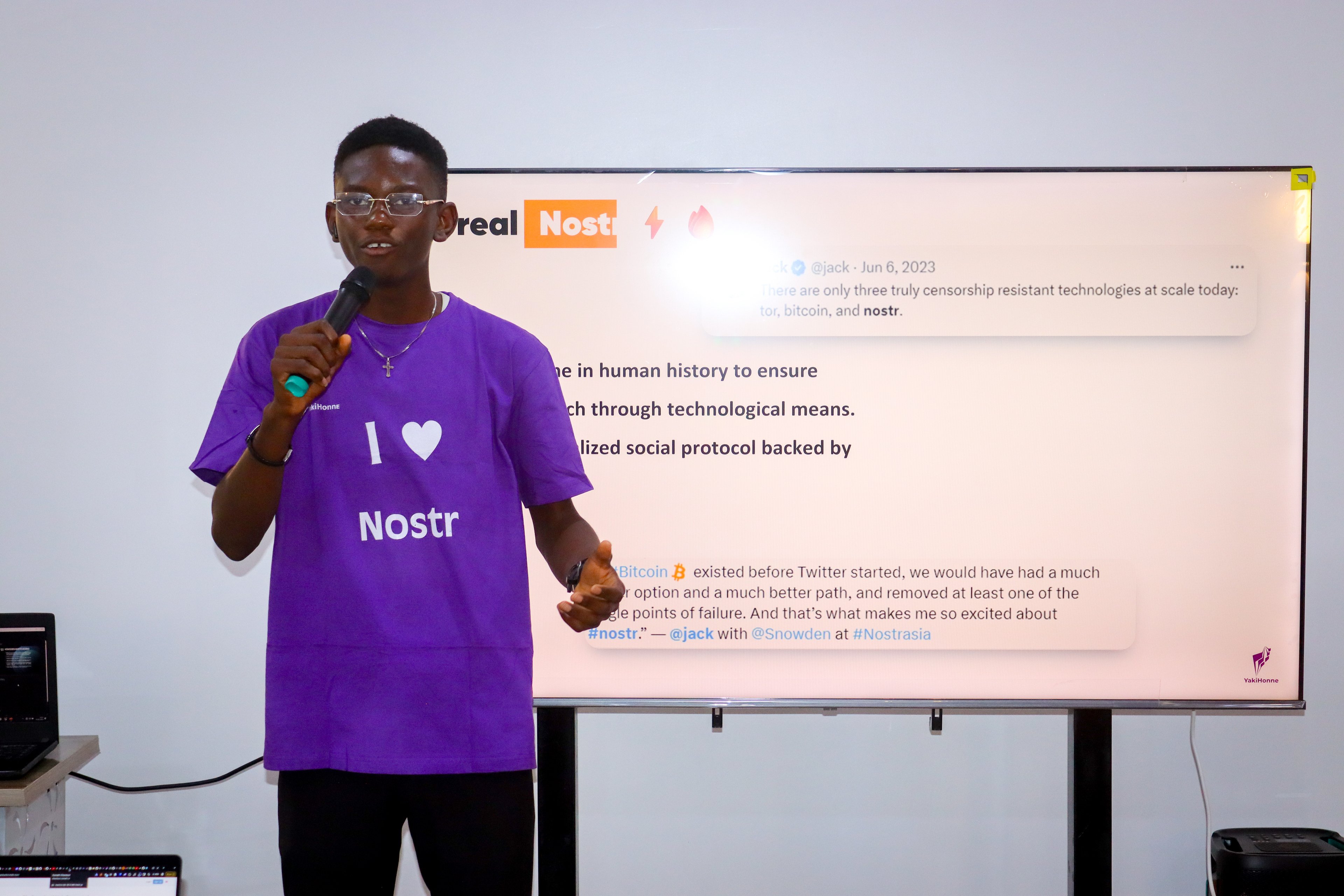-
 @ Olaoluwa Ezekiel Michael
2024-11-22 16:32:36
@ Olaoluwa Ezekiel Michael
2024-11-22 16:32:36From Concept to Revolution

Bitcoin, the world’s first decentralized digital currency, has had a profound impact on finance, technology, and global economics since its inception. From its mysterious beginnings in 2008 to its rise as a mainstream asset, Bitcoin’s journey has been marked by technological innovation, economic uncertainty, and philosophical debates about the future of money. Here’s a look at the history of Bitcoin, from its creation to its emergence as a global phenomenon.
The Whitepaper and Satoshi Nakamoto
The story of Bitcoin begins in late 2008, when an individual or group of individuals under the pseudonym Satoshi Nakamoto released a whitepaper titled “Bitcoin: A Peer-to-Peer Electronic Cash System.” This document outlined a new form of money that was designed to be independent of central banks, immune to inflation, and capable of enabling secure, anonymous online transactions without the need for intermediaries like banks or payment processors. The whitepaper proposed a decentralized, trustless system that would use cryptography to secure transactions and a distributed ledger known as a blockchain to record them. By using a network of nodes (computers), Bitcoin would allow participants to transfer value directly, without the risk of fraud, double-spending, or the need for a trusted authority.
As Bitcoin's technology began to spread, early adopters started setting up online exchanges where people could buy and sell Bitcoin for traditional currencies. Mt. Gox, founded in 2010, became one of the first and largest Bitcoin exchanges, although it would later be infamous for being hacked in 2014, leading to the loss of millions of dollars' worth of Bitcoin. At the same time, Bitcoin mining became a way for people to earn newly minted BTC by dedicating computational power to solving complex mathematical puzzles. The reward for mining a block, known as the block reward, was initially 50 BTC, and it served as an incentive for participants to secure the network and validate transactions.
The Silk Road and Dark Web
During this period, Bitcoin gained notoriety for being used on The Silk Road, an online black market that facilitated anonymous transactions for illegal goods and services. This association helped solidify Bitcoin's reputation as a tool for privacy-conscious individuals, but it also attracted the attention of regulators and law enforcement agencies. By 2013, Bitcoin’s price began to surge again, reaching $266 in April before falling to around $50. During this time, Bitcoin’s network began to grow, and the first wave of institutional interest began to emerge, with companies like WordPress and Overstock accepting Bitcoin as payment
Conclusion
From its humble beginnings as a theoretical concept to its current status as a revolutionary force in the global economy, Bitcoin has come a long way. Its story is one of technological innovation, economic disruption, and ideological conviction. Whether Bitcoin will continue to thrive as a digital currency, a store of value, or something else entirely, it has undeniably reshaped the world’s understanding of money and finance. As we move into the future, Bitcoin’s role in the global economy will continue to evolve, challenging conventional wisdom and pushing the boundaries of what is possible in the world of digital finance.